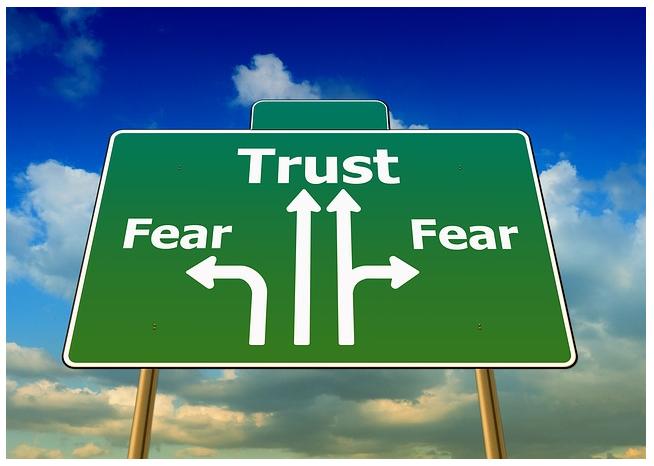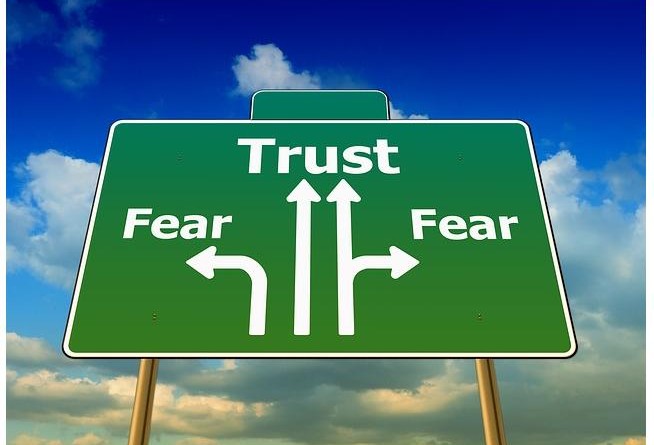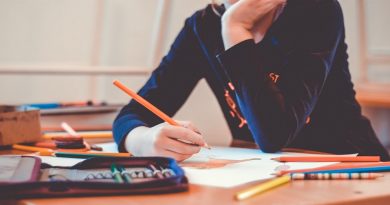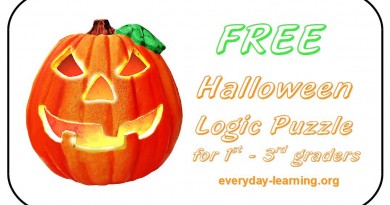Letting Go Of The Homeschool Control

I started homeschooling in January of my oldest son’s kindergarten year. Our homeschool journey started off free-form and by-the-seat-of-our-pants, until a well-meaning family member started dropping off boxes of formal curriculum and how-to-teach books.
I wasn’t quite 30, yet, and I wanted to do right by my kids, so I convinced myself I should start formalizing our learning. It just so happened that we were gifted a fantastic vacation to Italy, so I set our return date as when we would start a more organized homeschool approach.
Fast-forward four months. One spring day, I lingered over breakfast finalizing our To Do List for the day. Our trip to Italy had been amazing. I had packed lots of books about Ancient Rome. The boys played in the Forum and the Circus Maximus. The fantasy of a long ago life came alive for them. Now, I listened to them play.
Their imaginations ran rampant. They were Roman centurions traveling along the Appian Way. They were archaeologists digging through ancient ruins. They were naturalists sorting through their specimen finds from the Lido in Venice.
I had no idea that my 3 ½ year old had picked up so much on the trip. Watching, I could see learning in action as he made connections between what he already knew about seashells collected from the Atlantic Ocean and his new information about shells from the Adriatic Sea.
In edu-speak, through play, my kids were imprinting newly acquired knowledge into long-term memory storage by associating it with prior knowledge. I kept a written journal to sort my memories and remember the new things I learned from the trip. As a kinesthetic learner, my younger son “wrote” his own notes through his play. As an auditory learner, my older son “wrote” his notes through the long narratives stories he told.
Watching my boys, I learned something myself.
Learning happens. A child’s natural curiosity forces them to explore and learn about the world around them.
Learning is fun. While there is a time and a place for paper and pencil tasks, learning can easily happen through art, music, movement and play.
Learning is a natural extension of living. I do not have to create an artificial start and stop time. If I can just step back and release control, the continuous cycle of learning through living an active life can take over.
Learning is dynamic. Learning propels us forward in life and lets us go off on tangents. Some subjects, like Algebra, need to be taught in a step-by-step format. But, in the elementary school years there is a greater freedom to explore the interconnectedness of life.
Fresh Start
Out went the To Do list that day. Instead, I asked my kids what they wanted to do. Sort seashells. Look at pictures from the trip. Read about Michelangelo. (Yup, Michelangelo. They were fascinated someone as old as one of their cousins could sculpt a famous work of art like Pieta.)
A little after lunch, when interest seemed to wane, I looked at all the souvenirs laying around the living room floor. I casually asked, “Gosh, this is a lot stuff. Where do you think we should put it?”
I was thinking: Off the floor so I don’t step on it, again. One of the kids responded, “A box”.
So, out came pencil boxes waiting for a craft project.
“Should we do anything with the boxes?” I asked.
“I want to decorate mine.”
“Get the markers and you can write your name on the box,” I suggested.
“I want to color mine red, white and green.”
“That’s a good idea. Want to include a picture of what Italy looks like?” I asked.
“YEAH!”
“Well, go get the atlas and let’s look it up. I’ll get the construction paper,” I said.
And so the afternoon went. I had wanted to clean up the floor. My kids wanted to have more fun. In the end, I was exhausted. My kids were happy. And, we more than met any educational objectives that I could have planned out for the day – without any whining or nagging.
From a formal educator’s point of view, the kids:
- Practiced fine motor skills by tracing and cutting shapes
- Explored combining analogous and complementary colors (art)
- Practiced spelling (writing)
- Explored Roman mythology and culture by reading and play-acting the story of Romulus and Remus, as well as Michaelangelo (language arts)
- Sorted and classified like objects, such as seashells and Italian money (math)
- Enhanced their mapping skills (geography)
- Compared and contrasted flags from different countries (social studies)
- Made a timeline (more social studies)
- Added a few new Italian words to their vocabulary (foreign language)
To my boys, this was all just play. To me, this was a homeschooling magical moment.
So we began a new journey of learning together. I chose to trust my kids to pick out the learning direction we should travel together.
As the adult, I knew I had a responsibility to guide them along the way. We could meander if we wanted, but ultimately we would need to reach an endpoint. The difference now was that the endpoint I had in mind was at the end of our homeschooling careers – not the end of the day or even the week.
Read More
- Matching Curriculum To Your Homeschool Philosophy
7 guiding questions to help you pick the right homeschool curriculum (if you want to use some).





These are the sorts of moments that made homeschooling worth it for us. I love it!